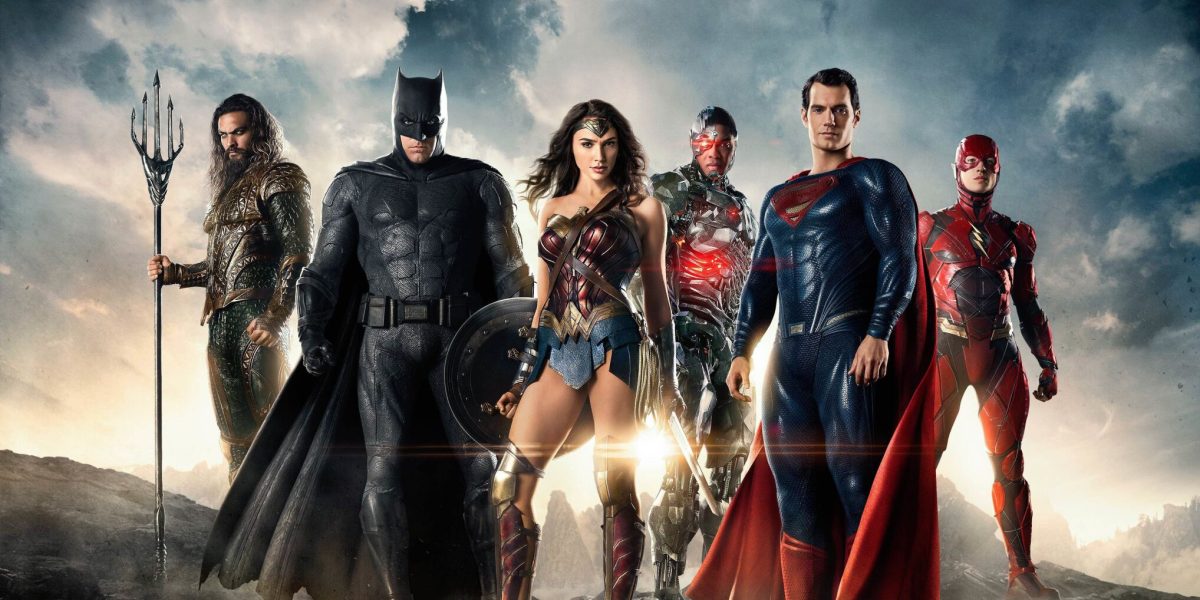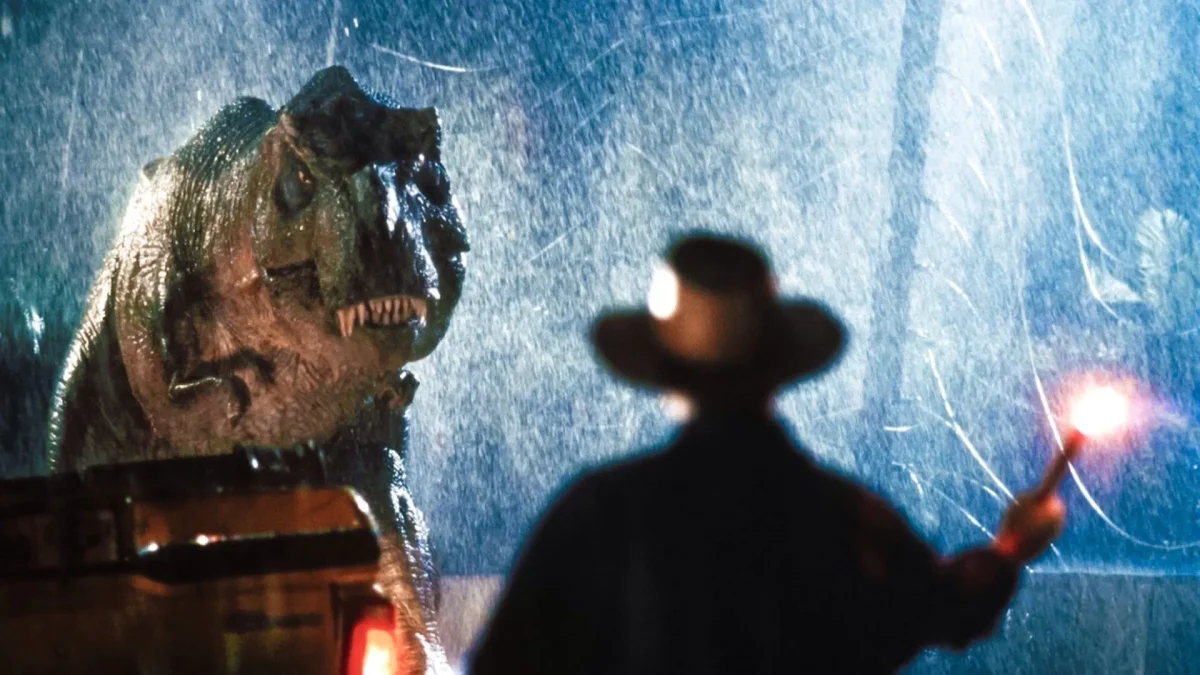DC’s Extended Universe has received very mixed, often venomous, criticism on both the battlegrounds of actual film critics and fans, most notably after showcasing its potential with films like 2013’s “Man of Steel” and 2017’s “Wonder Woman,” while also demonstrating how rushed and underwhelming they could be, as seen in 2016’s “Batman vs. Superman” and “Suicide Squad.” The franchise struck an interesting, complicated note with the overhandled and muddied theatrical release of “Justice League” in 2017, which exchanged direction from DC veteran Zack Snyder to Marvel’s Joss Whedon, known for his work on 2012’s “The Avengers” and 2015’s “Avengers: Age of Ultron,” after Snyder decided to step away from the film after the unexpected death of his daughter in 2017.
Whedon’s work on the film cost more than $40 million in reshoots and changed the majority of Snyder’s original material, receiving serious backlash for its significant disconnect from the DCEU and the remainder of Snyder’s work that was characterized by its grittiness, violence and dark overtones. The general consensus for the film’s theatrical release was that they were trying to fit a DC-shaped movie into a Marvel-sized hole, and that Snyder was disrespected by the footage that was scrapped, the storylines and character arcs that were disregarded and the jokes that were out of place or offensive. However, Snyder’s remastered, four-hour version of the film, which debuted on HBO Max this year, was well-received for a couple of relatively simple reasons.
A Memorable Score
One noteworthy element of Whedon’s cut of “Justice League” was its lack of music that was previously used in the franchise. This is most notable in the final fight after Superman returns from the dead, and the score utilizes elements of the original Superman theme song. Using this effect only reinforces Whedon’s lack of understanding of the films and their lack of attachment to any of the other Superman films made in the last several decades. In Snyder’s cut, the film employs a remastered and reinvigorated version of “Flight,” a centerpiece of “Man of Steel’s” soundtrack, which helps significantly in bringing the saga to a satisfying close and making it feel like the completion of Superman’s story.
More Backstory
The big-bad of both versions of the film, Steppenwolf, changed significantly from 2017 to 2021, not only in appearance but in motivation. He looks significantly scarier in the latter version, having armor seemingly made of blades and a more monstrous face, and his motivation not only moved him in rankings of power but in his position as the main villain of the film. One of DC’s classic villains, Darkseid, didn’t even make an appearance in Whedon’s version of the film, but to explain without giving too many spoilers, plays a massive role in Snyder’s version and has at least ten minutes of screen time. To be fair, the film is four hours in length, but the few minutes of screen time is better than none.
Another character who gets significantly more screen time is Cyborg, whose origin story scenes were removed from Whedon’s cut of the film. Whedon refused to take advice on his treatment of the character and was reportedly abusive on set with Cyborg actor Ray Fisher, who couldn’t give all of the details but implied that Whedon could be in serious legal trouble. Snyder devotes much more time to the character, showing his life before his transformation and giving him more of an emotional stake in the narrative.
Superman’s return is another significant part of the story. In Whedon’s version, Superman returns in his traditional red-and-blue suit for the “final fight,” which is mostly just Superman punching Steppenwolf a few times and saving civilians. In Snyder’s cut, Superman’s role feels much more like a satisfying conclusion, and his return is more significant with an extended fight scene and his all-new, all-black suit.
This film’s second release pleased audiences, despite being shot for IMAX and being released to a streaming platform, and it provided die-hard fans with a sense of what could have been, had Snyder not stepped away and many of the actors not discontinued their roles. As Marvel retakes first place in the eyes of the media and fans with their Disney+ releases and eventual releases of their Phase 4 films, it’s nice to see a small victory (or a large one, considering the run-time) for fans of a different taste than the typically whimsical world that superhero movies have become.















